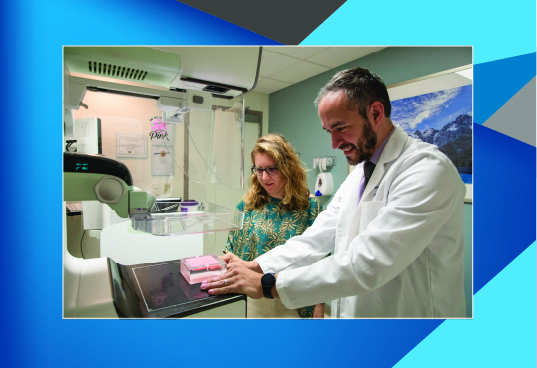Education grants
Develop new ways of teaching a discipline you’ve devoted your life to with our education grants. We offer several grants that support the creation of tools, resources and new methodologies that better prepare the next generation of radiologists. Our grant options focus on advancing radiology education both domestically and internationally.








